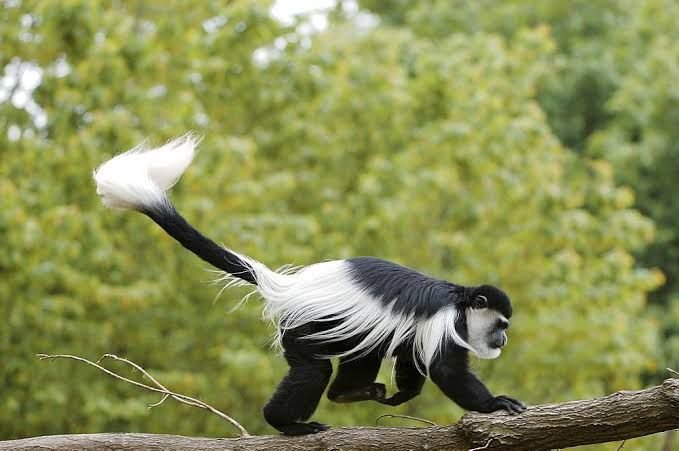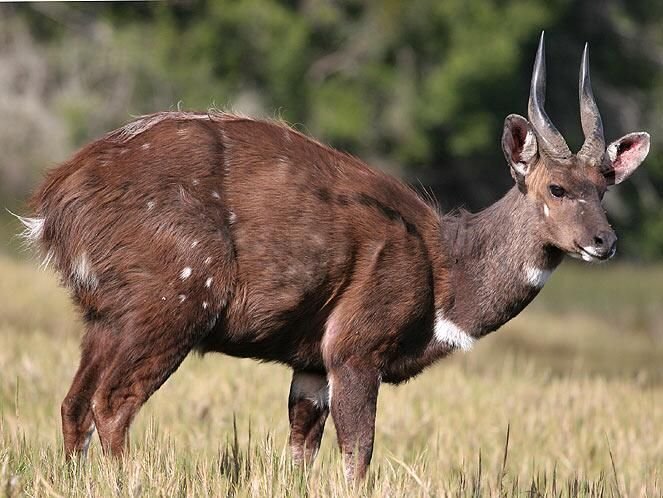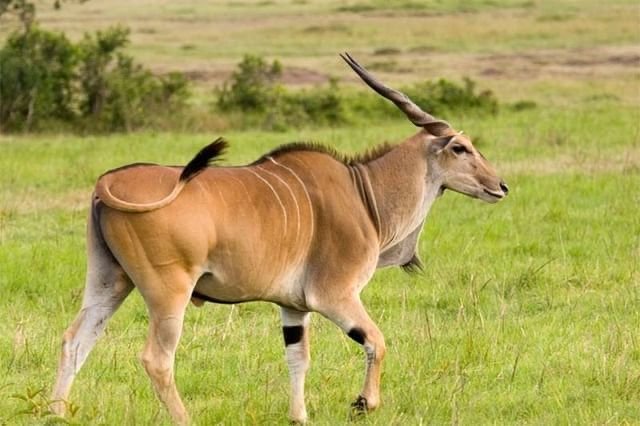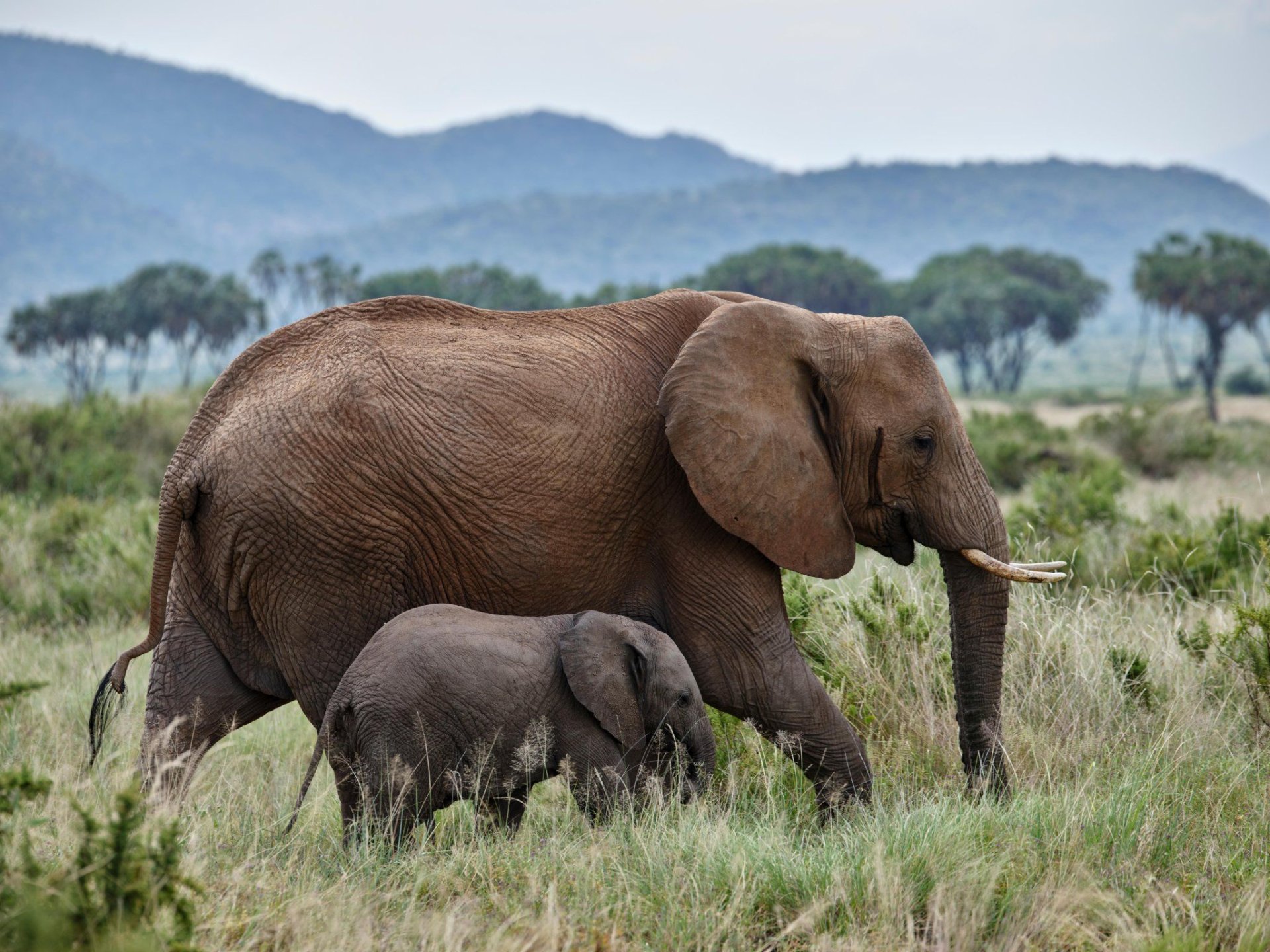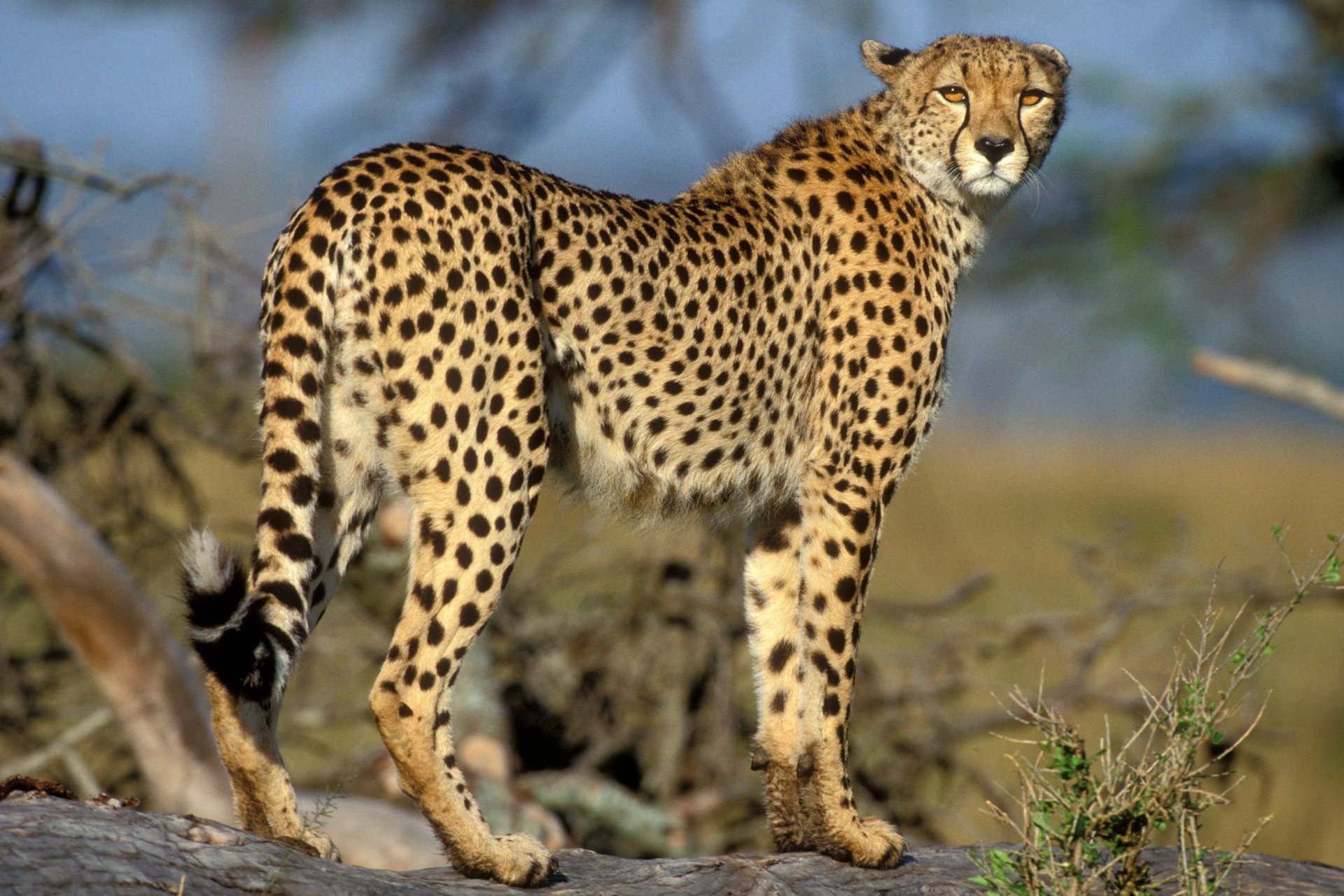Impala
The impala (Aepyceros melampus) is a medium-sized antelope that looks a lot like a gazelle but is actually more graceful and attractive. It is actually more closely related to the hartebeest and the onyx than to gazelles. Simply, Lake Mburo National Park and Katonga Wildlife Reserve previously had gazelles, and Pain Upe Game Reserve only reintroduced them.
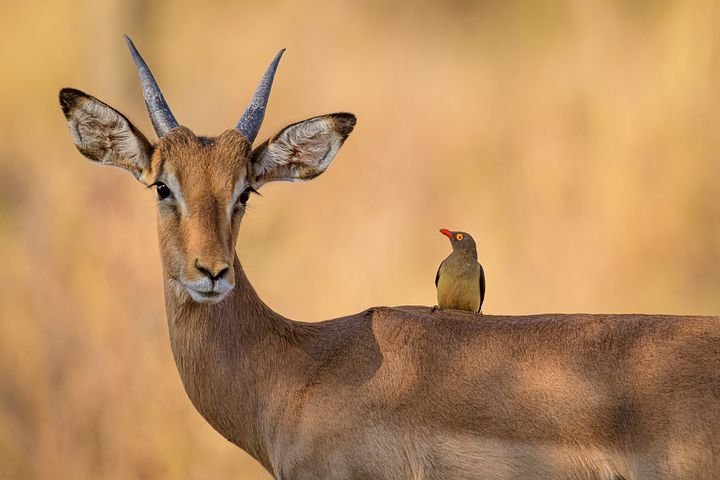
The impala, sometimes known as the rooibok, is a species of medium-sized antelope (Aepyceros melampus) native to southern and eastern Africa. It is the only living member of the Aepyceros family and the Aepycerotini tribe.
The impala is a medium-sized, skinny antelope that looks a lot like the kob or Grant's gazelle.
Due to sexual dimorphism, females are smaller and have no horns. Men develop delicate horns in the shape of a lyre.
The horns are round in cross section and hollow at the base, and they are heavily ridged and divergent. Horns have two purposes: they protect the skull from injury, and, thanks to their arch-like structure, they can be interlocked to aid a man in throwing off his opponent in a battle.
The impala's shiny coat has a beautiful two-tone pattern, with a white underside, a reddish brown back, and tan sides. White eye rings and a skinny, light nose and chin are also visible.
Behaviour of impalas
The impala is a diurnal animal, meaning it is most active during the day, though it typically sleeps and stops eating during the hottest part of the day. There are three different groups of people to watch: the males who have their own territory, the bachelor herds, and the female herds. Males establish territories in which to raise female harems; these areas are marked with urine and faeces and are guarded against intruders, whether juveniles or other males. Typically, there are fewer than 30 individuals in a bachelor herd.
The impala is a diurnal animal, meaning it is most active during the day, though it typically sleeps and stops eating during the hottest part of the day. There are three different groups of people to watch: the males who have their own territory, the bachelor herds, and the female herds. Males set up territories where they can raise groups of females, called harems. These areas are marked with urine and faeces and are safe from other males or young males who try to get in. Typically, there are fewer than 30 individuals in a bachelor herd.
After weaning, the mother-calf link is already fraying, and young animals will often join other herds rather than remain with their moms. Many female herds are disorganised and lack a clear leader. The impala seems to be the only ungulate that does both self-grooming and allogrooming. This is important for how bachelor and female herds interact with each other.
Temperature and location affect the impala's seasonal territoriality and sociability, and the length of these phases can vary a lot between populations.
It's no secret that carnivores like cheetahs, leopards, wild dogs, and lions rely on impalas for sustenance.
Impala reproduction
Males are sexually mature by the age of one, but they usually don't find a mate until they are four years old. Mature males begin claiming territory and competing for the attention of females. After a woman reaches the age of one and a half, she becomes fertile, and her oestrus, which lasts for 24 to 48 hours and happens every 12–29 days if she is not pregnant, lasts until she ovulates. After the wet season ends in May, the annual three-week rut (breeding season) begins.
The average duration of pregnancy is between six and seven months. Most births happen in the middle of the day, and when the pain of labour starts, the mother may leave the herd.
When a single calf is born, it remains hidden for the first few weeks of its life. The mother will place the fawn with another group of young animals within the herd. After being nursed for four to six months, calves are separated into male and female groups.
The Diet of the Impala
Impalas may both graze and browse, but grazing tends to be more common. Monocots, dicots, forbs, fruits, and acacia pods are all part of the diet (whenever available). When water is low, impala will seek out succulent plants.
Soft, nourishing grasses like Digitaria macroblephara are what impala prefer to eat, but they avoid the harsh, tall grasses like Heteropogon contortus and Themeda triandra.
Tips for Seeing Uganda's Famous Impalas
Impalas are most numerous in densely wooded savannas and woodland edges. Impalas used to be gone from Uganda, but now they are back in Pain Upe Game Reserve and Lake Mburo National Park.
What's Your Reaction?
 Like
0
Like
0
 Dislike
0
Dislike
0
 Love
0
Love
0
 Funny
0
Funny
0
 Angry
0
Angry
0
 Sad
0
Sad
0
 Wow
0
Wow
0






























































